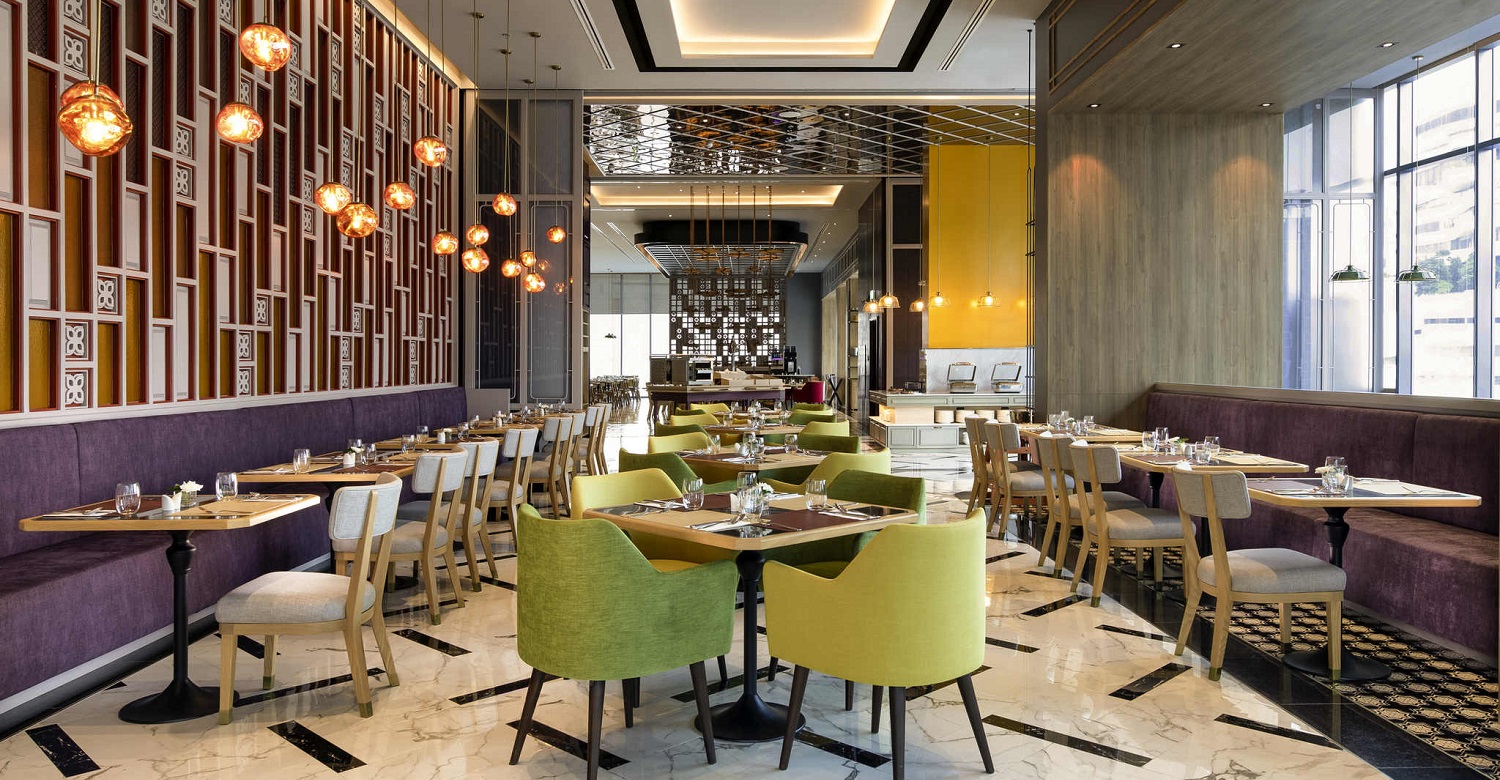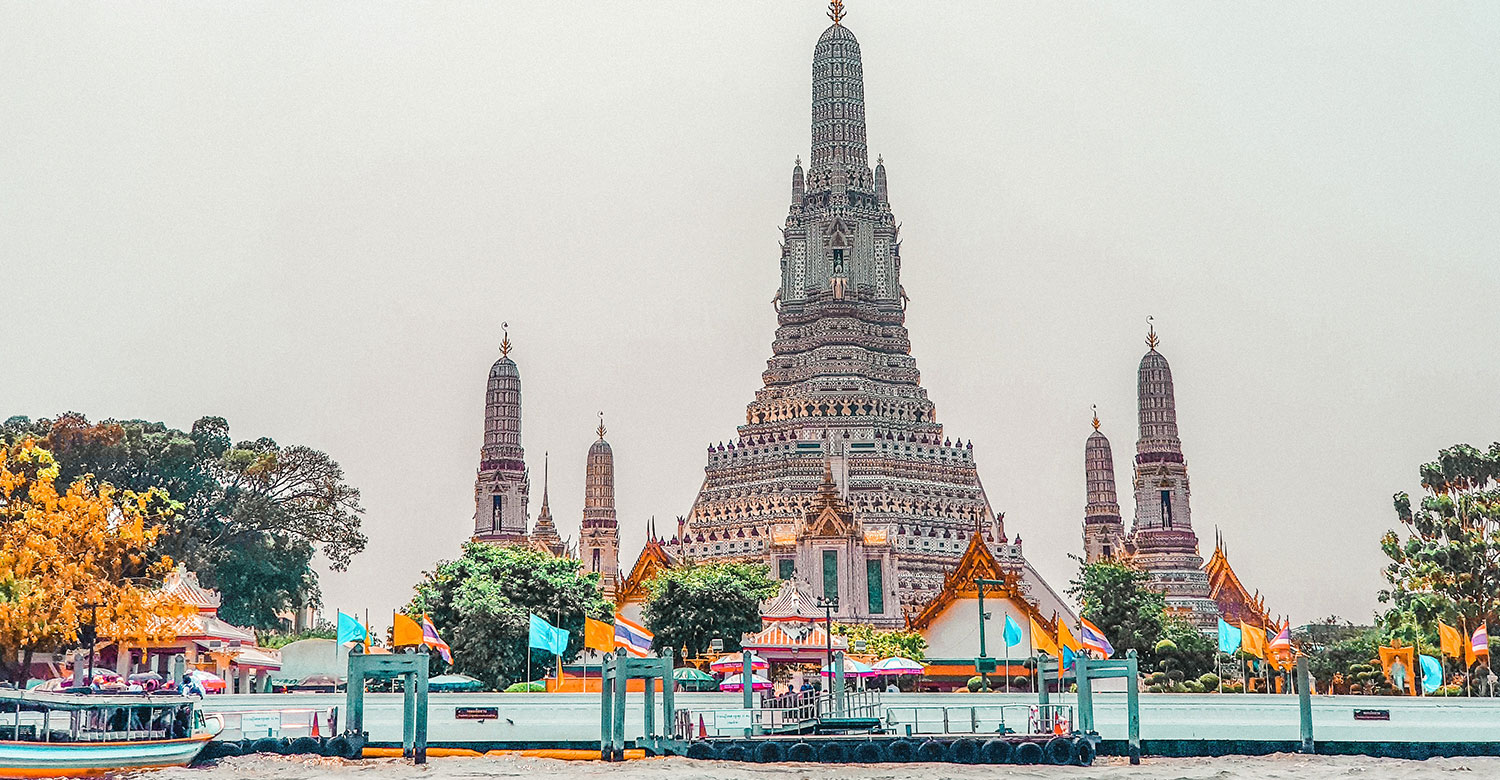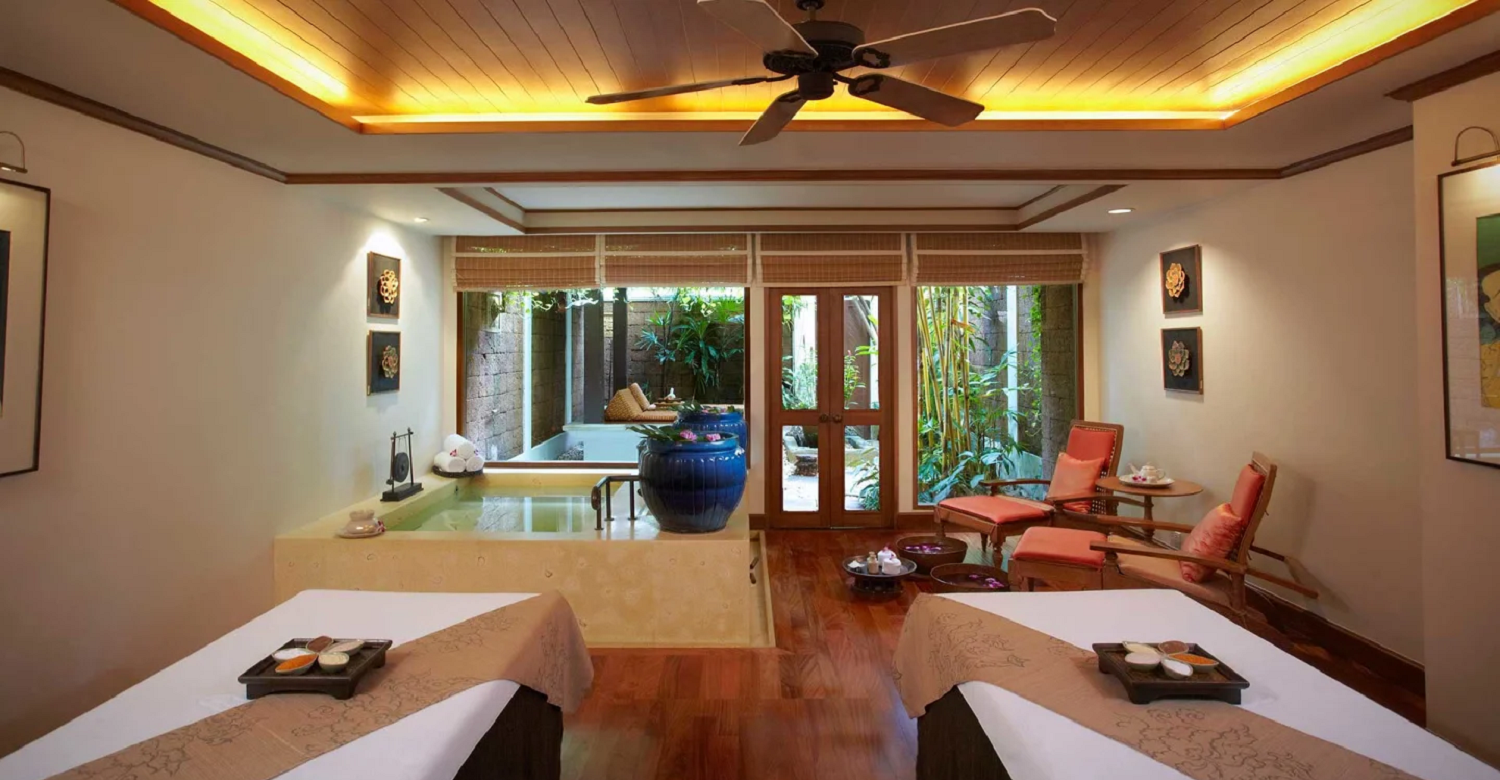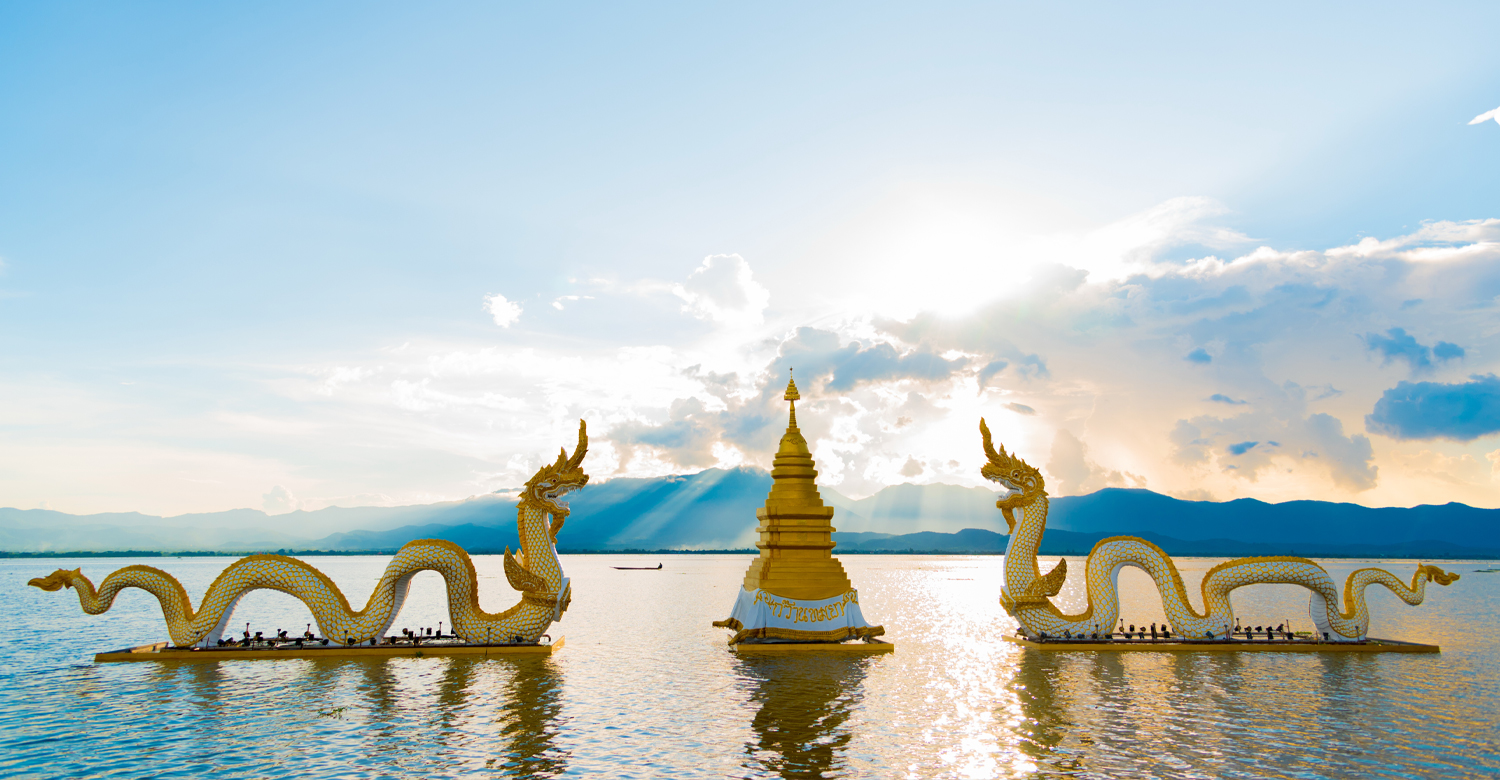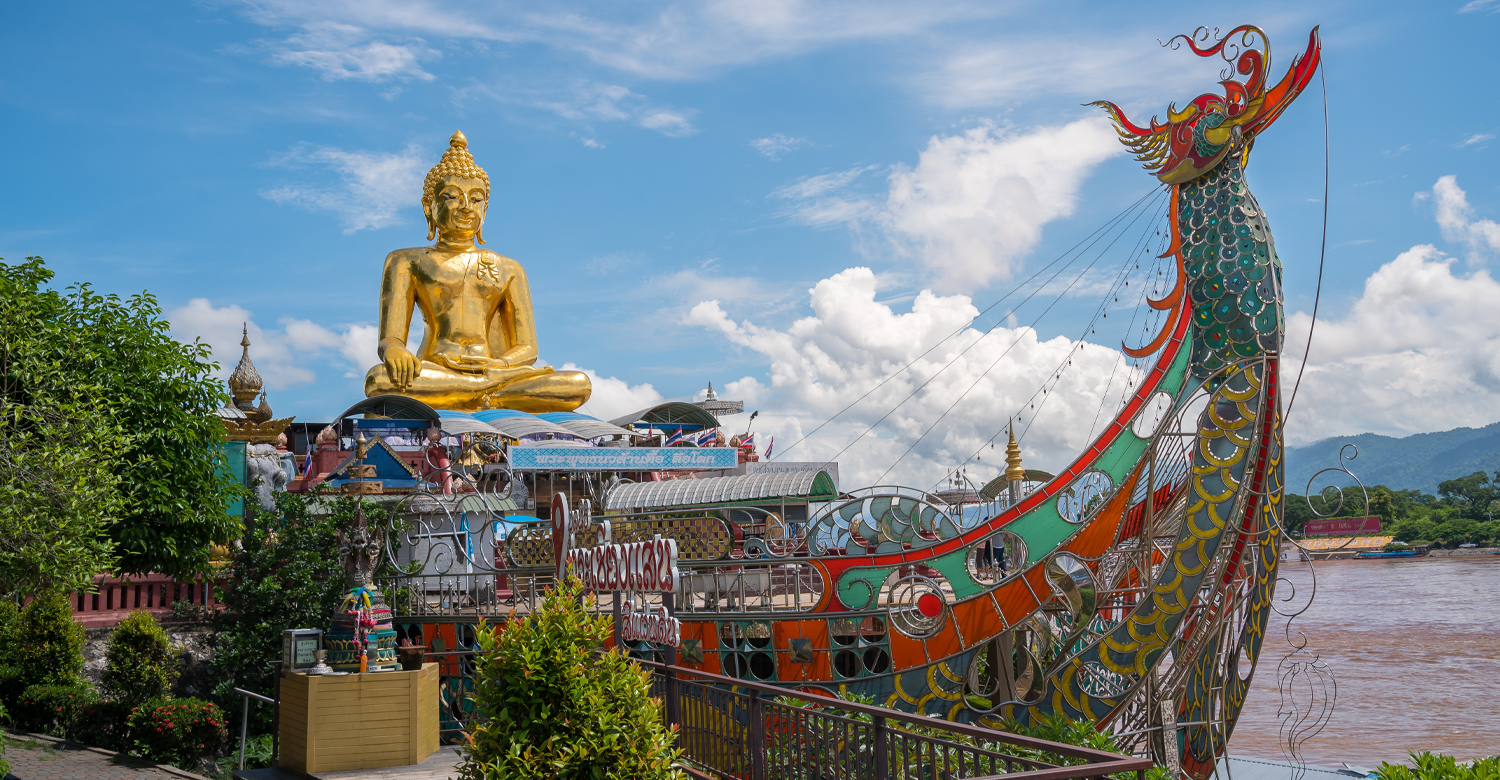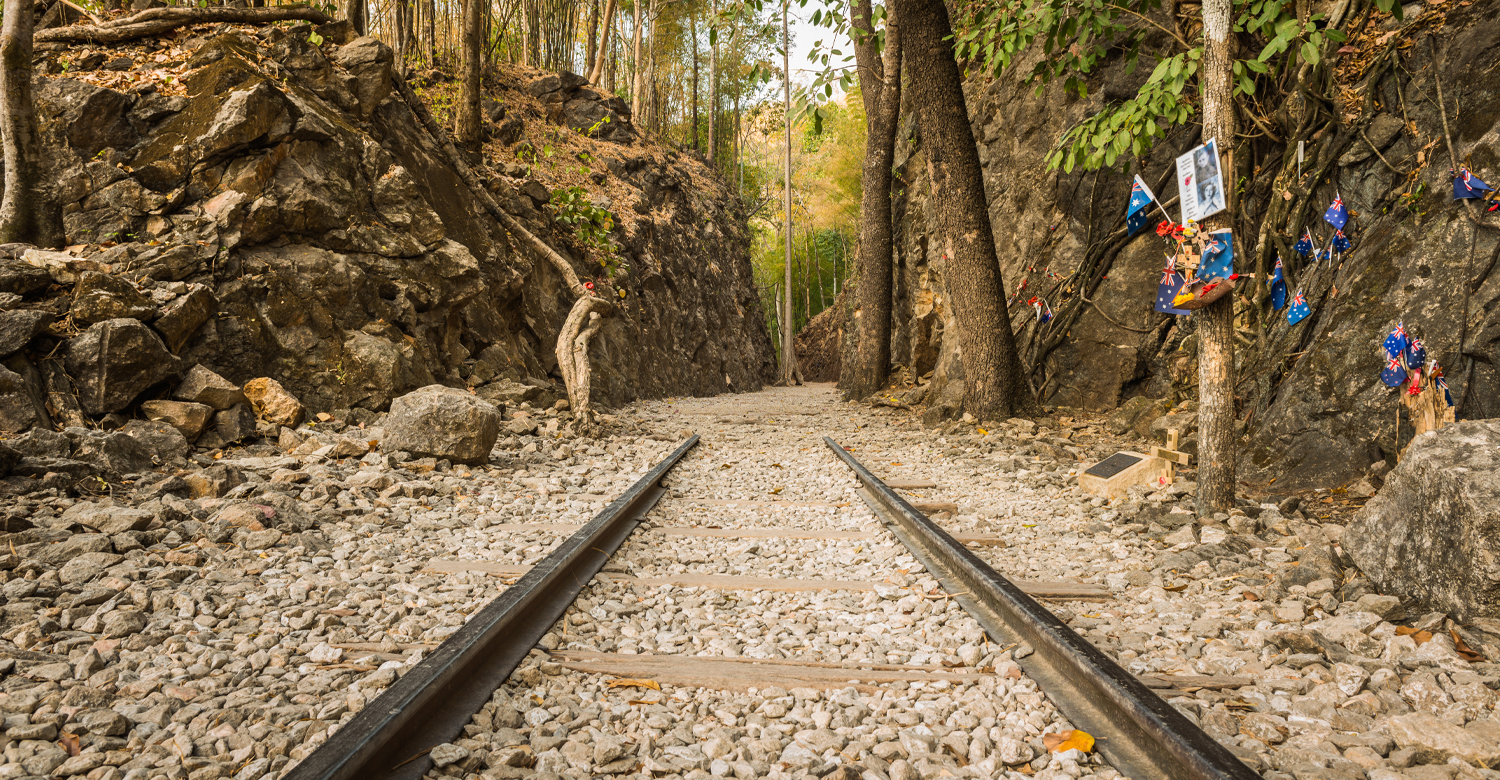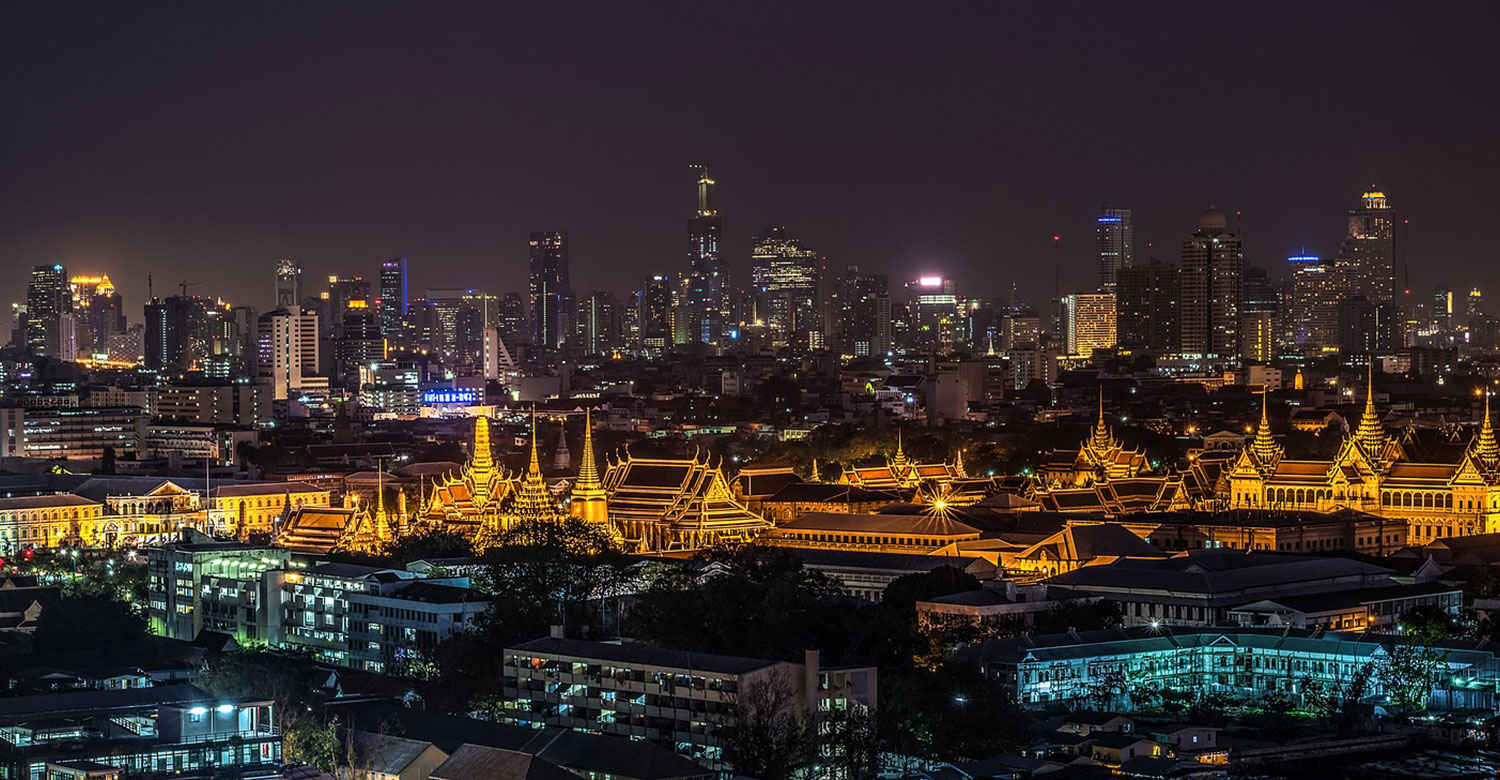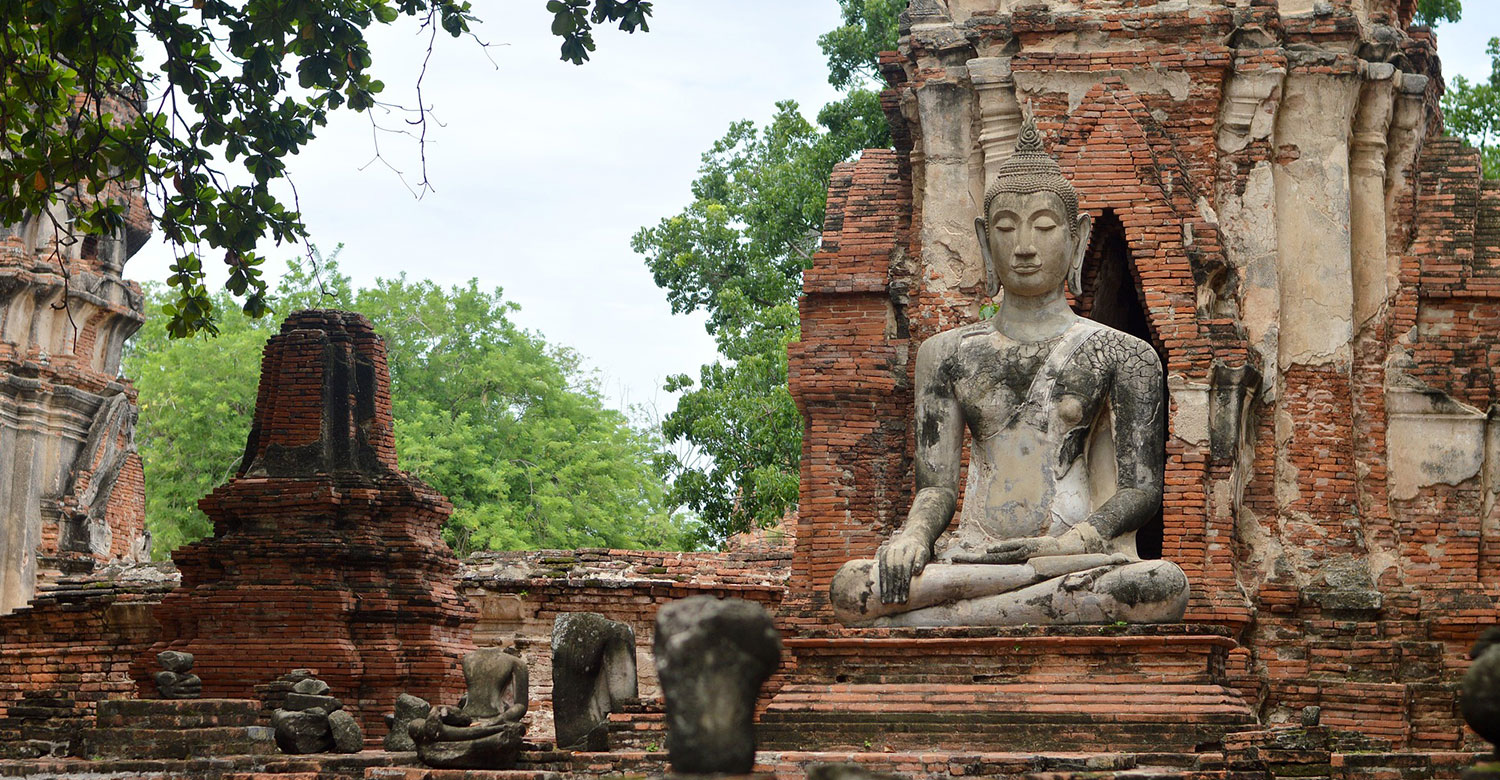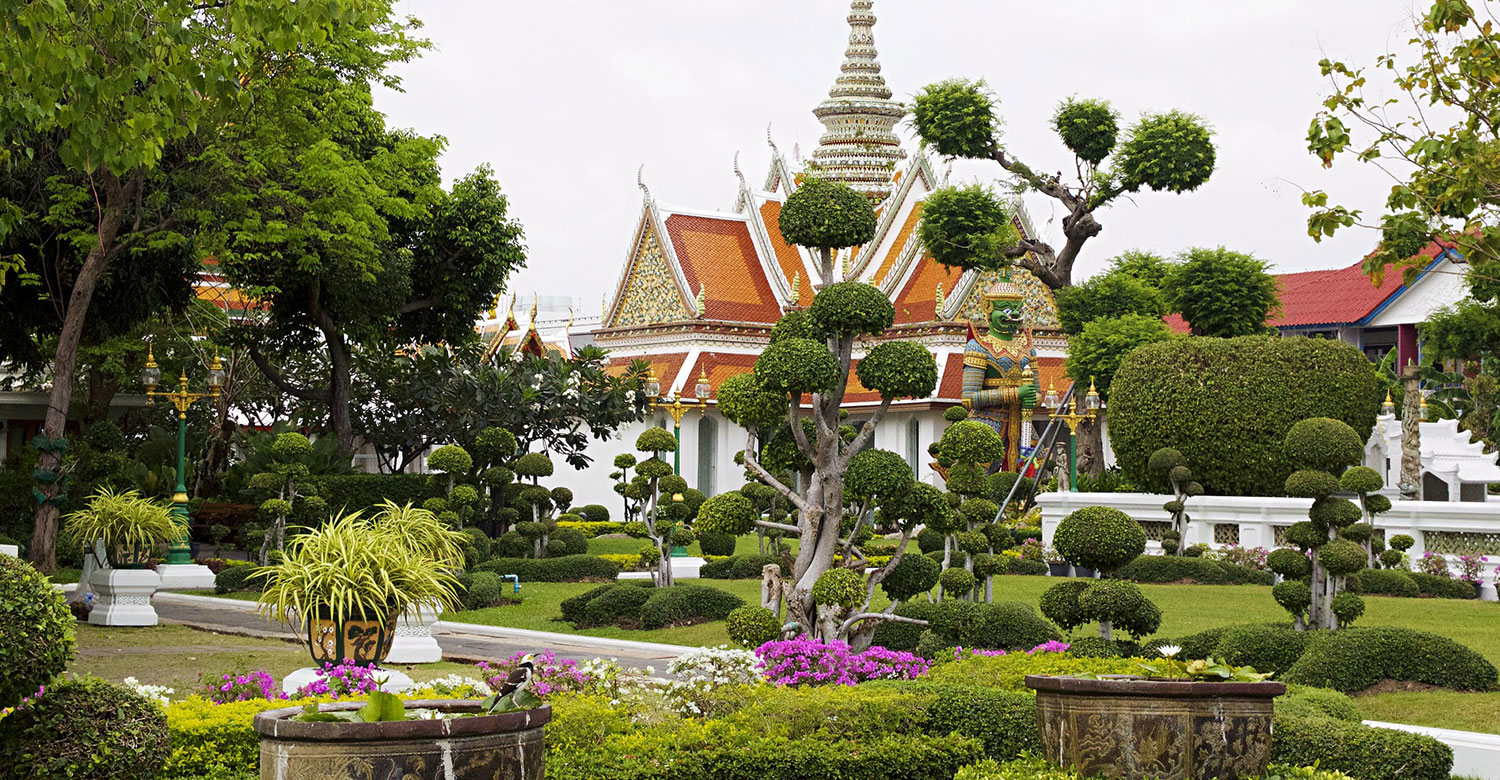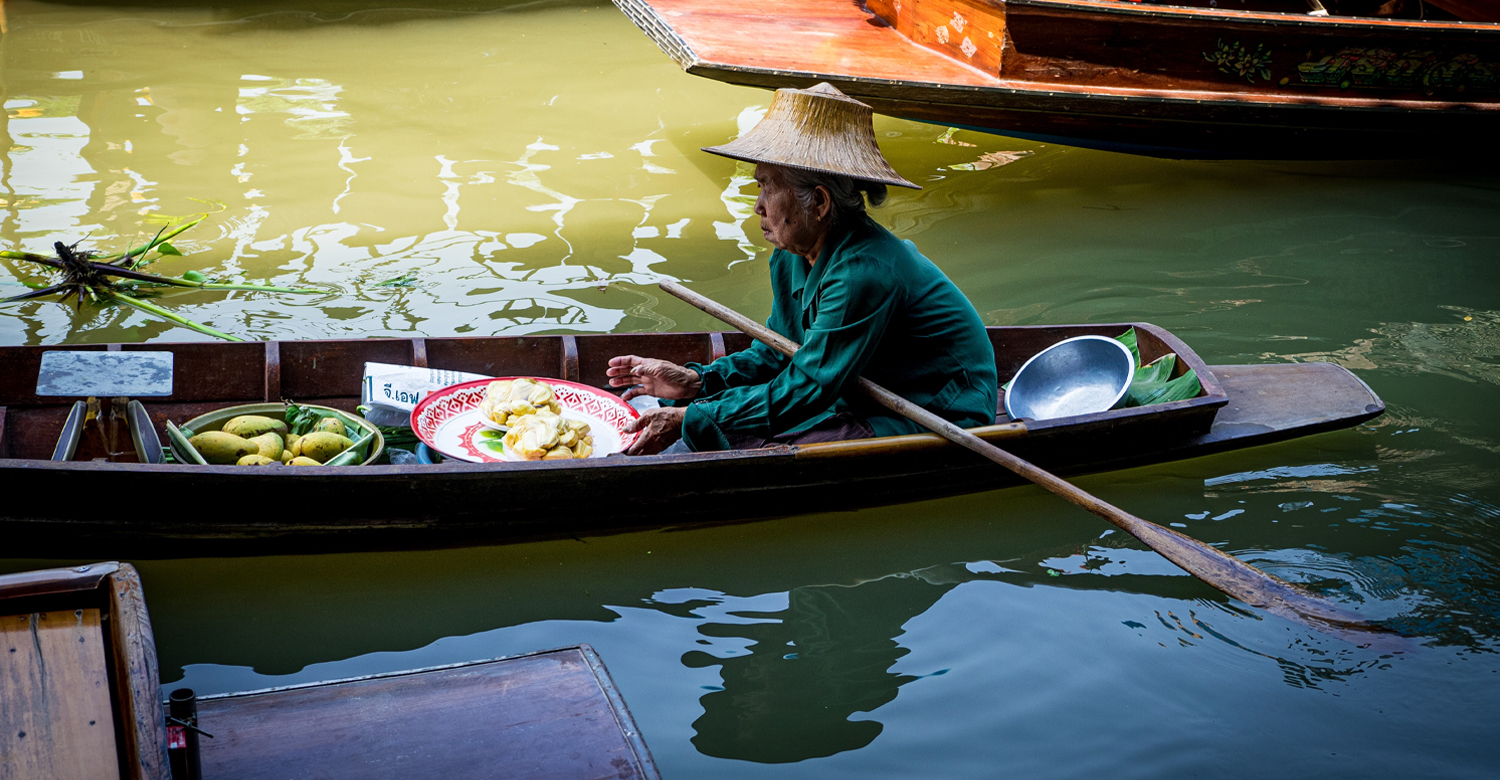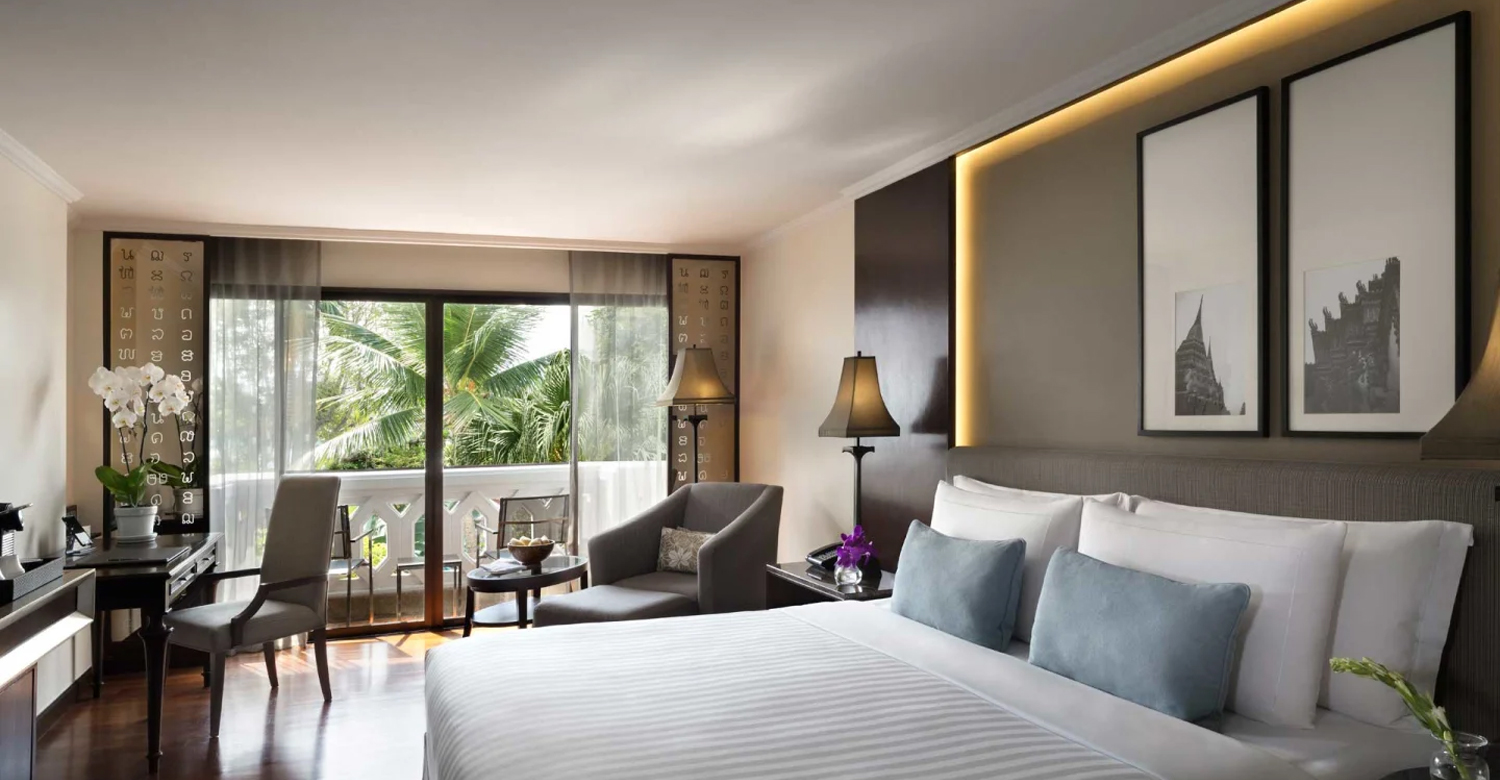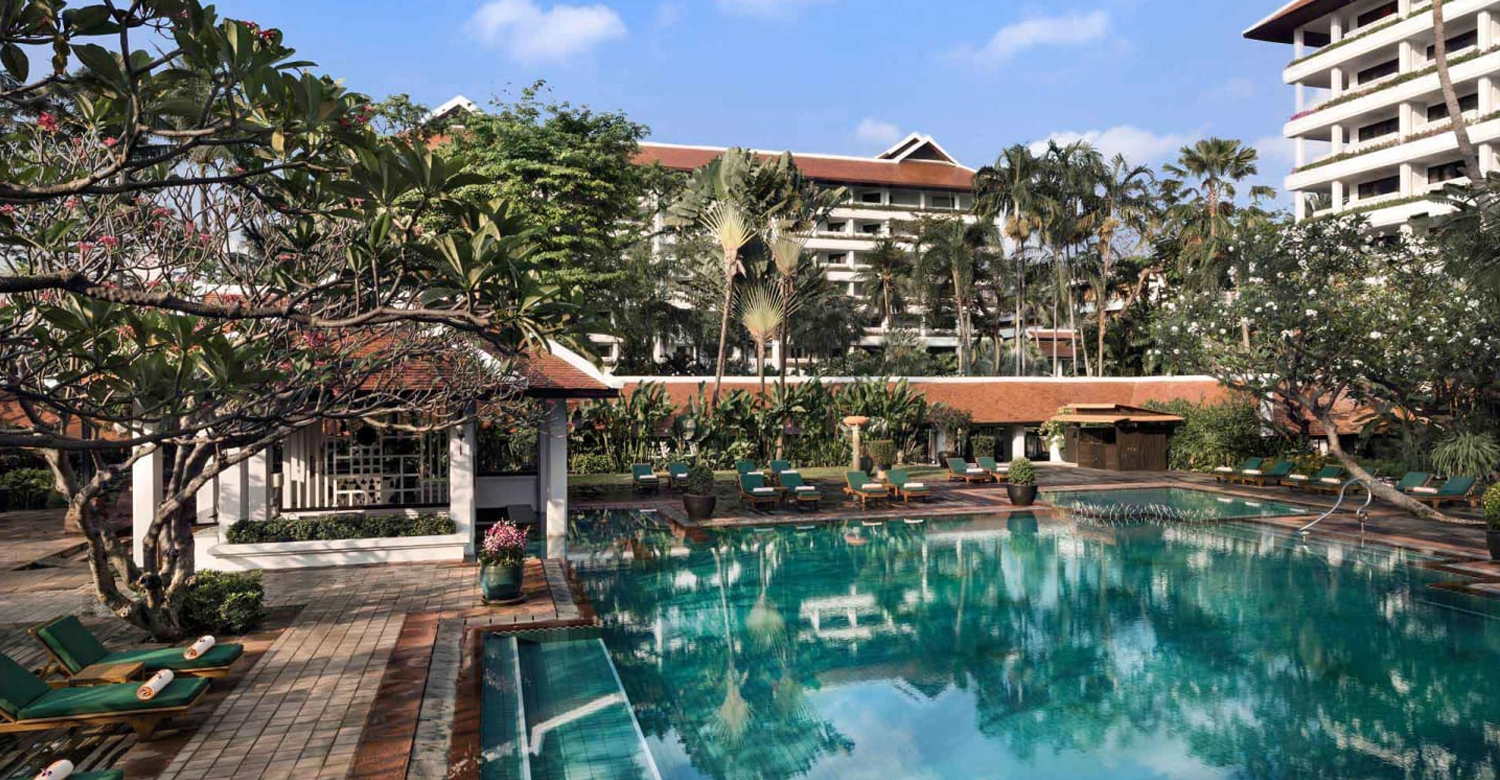6 UNESCO World Heritage Sites in Thailand
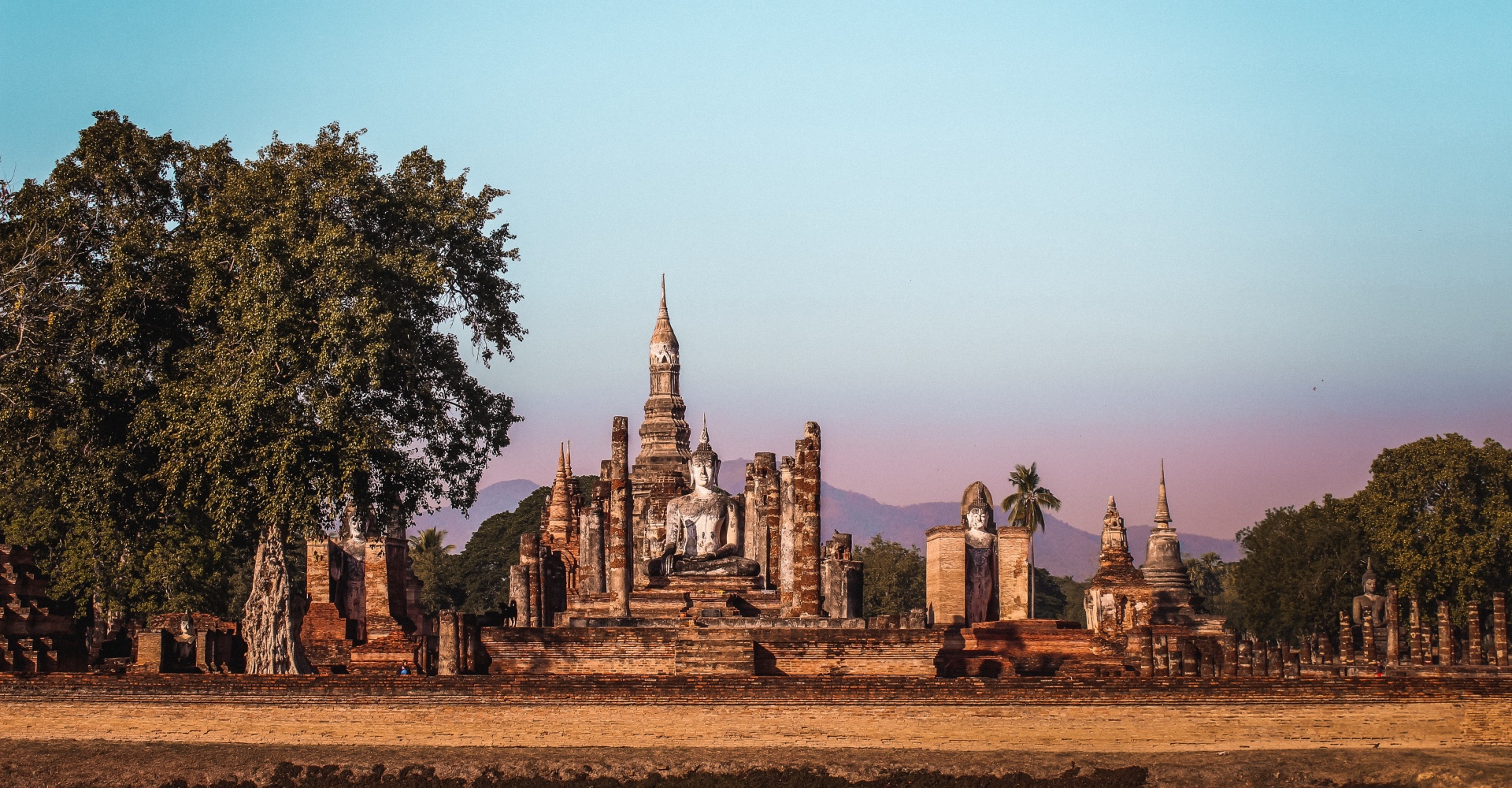
Posted by on 16 Jun 2022
Thailand’s rich history can be seen and experienced in many parts of the country. Its modern streets are peppered with storied temples and ruins and quaint old towns. The country also has natural sites that are not only culturally significant, but are also home to Thailand’s many endangered species.
Six of these historical and natural sites have been designated as UNESCO World Heritage Sites, which is an incredible feat given the extensive criteria. That said, you can expect these sites to be beautifully preserved and managed for the locals and tourists’ enjoyment.
Dive deep into Thai culture and history by visiting these six important sites:
6 UNESCO World Heritage Sites in Thailand
Historic Town of Sukhothai and Associated Historic Towns
Kaeng Krachan National Park
Historic City of Ayutthaya
Dong Phayayen-Khao Yai Forest Complex
Ban Chiang Archaeological Site
Thungyai-Huai Kha Khaeng Wildlife Sanctuaries
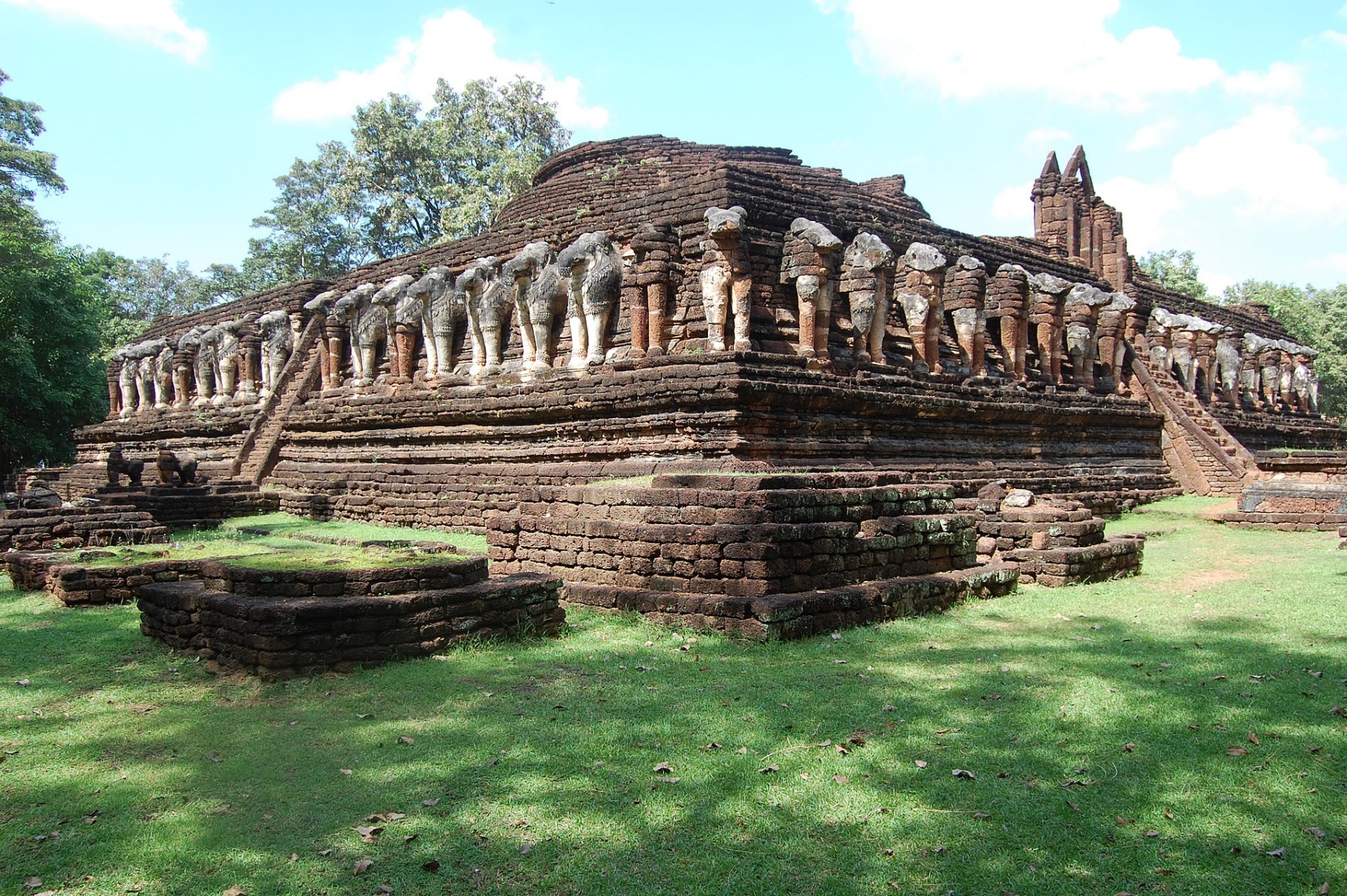
This Thailand UNESCO site dates back to the 13th and 14th centuries. It consists of three adjacent ancient towns, namely Sukhothai, Si Satchanalai and Kamphaeng Phet. Each of these towns played a significant role during their prime.
Sukhothai was the first administrative capital and the centre of Thailand. You’ll also find numerous Buddhist monasteries and temples in Si Satchanalai, as it was the spiritual centre of Thailand back then. It was also known for its ceramic product exports, paving the way for present-day Thailand to be the ceramic hub of Southeast Asia. The Kingdom of Siam sought protection from the military functions of Kamphaeng Phet and provided security for an extensive trading network.
The remnants of the town are just mere glimpses of the country’s stunning traditional architecture and rich history. Enjoy a journey back in time and explore the old kingdom of Sukhothai as you walk the brick-and-stone ruins of this world heritage site in Thailand.
Another Thailand UNESCO World Heritage Site is the Kaeng Krachan Forest Complex, the largest park in the Land of Smiles covering over 290,000 hectares of land. It is dominated by various forest types, including semi-evergreen, moist evergreen, mixed deciduous, montane and deciduous dipterocarp.
The park has numerous attractions like camping grounds, hiking trails, waterfalls and birdwatching sites. The place is also well-known for the diverse animal species within its sanctuary.
Kaeng Krachan is home to various animals, including Asiatic wild dogs, elongated tortoises and other vulnerable species. You can also see different cat species, such as fishing cats and marbled cats, the vulnerable clouded leopards and endangered tigers.
Include Kaeng Krachan National Park in your itinerary if you want to explore the natural reserves of Thailand and get up close with unique wildlife.
.jpg)
Ayutthaya was founded in 1350 and became the second capital of the Siamese Kingdom after Sukhothai. It played a significant role in major international trade for many centuries until it was captured by the Burmese army in 1569 and eventual destruction in 1767.
The city was located on an island and was surrounded by three rivers that connected it to the sea. Its strategic location protected the metropolis from seasonal flooding and against warships from other nations. Moreover, Ayutthaya took advantage of the three rivers and created a city planning grid. This scheme was developed as a technologically-advanced hydraulic water management system unique in the world.
During its prime, the city grew to be one of the largest cosmopolitan areas in the world. Ayutthaya developed into a centre of global diplomacy and commerce and established foreign trade links with the rest of the world. It flourished over the years and witnessed the development of true national Thai art.
The remnants of the ancient city serve as a reminder of how successful and powerful Ayutthaya was. What once served as the cradle for culture, growth and politics in ancient Thailand is now a nostalgic reminder of the kingdom's power.
The Dong Phayayen-Khao Yai Forest Complex spreads across over 600,000 hectares of land. It is home to numerous floras and more than 800 species of animals, most of which are endangered. Among the wildlife in the area include Asian elephants, the venomous Vogel’s pit viper, banteng, Pileated Gibbon, Malayan Sun Bear and Siamese crocodile.
The entire complex comprises five bordering protected areas, namely Ta Phraya National Park, Thap Lan National Park, Pang Sida National Park, Khao Yai National Park and the Dong Yai Wildlife Sanctuary. They have essential tropical forest ecosystems that can help in the long-term survival of vulnerable, endangered and critically endangered species.
While this Thailand UNESCO Site is at risk of destructive and illegal Siamese rosewood logging, it continues to protect its last remaining wildlife species. It continues to be one of the must-visit landmarks in the country, attracting hundreds of nature and wildlife enthusiasts every year.
.jpg)
Considered one of the most important prehistoric settlements in Southeast Asia, Ban Chiang depicts the critical evolution phases of Thailand’s culture, society and technology. This archaeological site was given the UNESCO title in 1992.
First discovered and excavated in 1966, this prehistoric mound in Udon Thani gave evidence of human habitation and activity dating back 3,500 years ago. It also revealed agrarian settlements, wet-rice agriculture, ceramic wares, domesticated farm animals and bronze tool-making technology.
Going to Ban Chiang lets you see how prehistoric life was in the region. You can visit the on-site museum to see its artefact collections, including well-preserved patterned pottery and tools.
UNESCO declared Thung Yai Naresuan Wildlife Sanctuary and Huai Kha Khaeng Wildlife Sanctuaries as World Heritage Sites back in 1991. Like the Dong Phayayen-Khao Yai Forest Complex, these sanctuaries also cover a large area and provide shelter to tribal people and many wildlife species, including rhinoceroses, black leopards and wild bulls.
The animals that live here can freely roam the valleys, waterfalls and lush forests. There are only limited places where visitors can venture as the shelters are protected areas. But there’s a visitor’s centre and a few walking trails available to make your visit worthwhile.
Explore the many UNESCO World Heritage Sites in Thailand
Thailand is a country rich in history, making it a great destination for history and culture buffs. Visiting these sites gives you a peek into the country’s past and its diverse natural wonders.
Choose from our Thailand holiday packages and explore these UNESCO sites for yourself. Immerse yourself in the beauty of the Land of Smiles!
Some popular packages from Thailand Travel & Holiday Packages
Subscribe now for your chance to win
a $500 Travel Voucher
Be the first to hear about our new Holiday Packages








